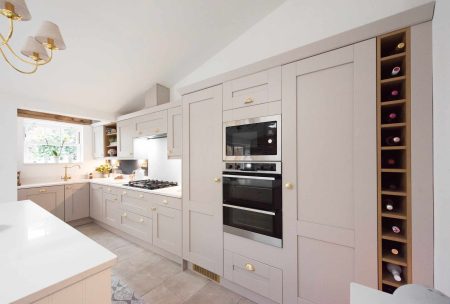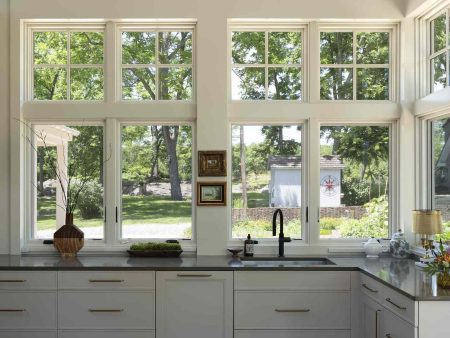Room additions are expensive, messy, complicated, and invasive. Building a room addition is one of those home remodels where it pays to learn every shred of information about the subject before undertaking the project. Ignorance is not bliss; too much is at stake.
With free information everywhere online, is there room for a good old-fashioned print book? Yes, when it comes to room additions and to the Black & Decker Complete Guide book series.
Compare Prices – Black & Decker The Complete Guide to Room Additions
As with other books in the Black & Decker series, Black & Decker The Complete Guide to Room Additions, by Chris Peterson, is graphic-rich and does not stint on step-by-step instructions.
The guide steps back and answers basic questions that many of us want to know: What is a room addition? What is a bump-out? And how is a bump-out different from a room addition? What about sunrooms?
Books in the Black & Decker Complete Guide series typically do a good job of bringing home remodel and repair topics back to the very basics, and this book is no exception.
Room Addition Bump-Outs
An important feature of Black & Decker The Complete Guide to Room Additions is that the book carefully describes the differences between additions, bump-outs, sun-rooms, and other addition-related buildings.
If you’re just looking for loads of pictures of additions, this isn’t really the book. This book is more about helping you understand the totality of the room addition process.
Room bump-outs, as the book points out, are less expensive than full-on additions: less square footage, less electrical, less plumbing, or HVAC. Some room addition bump-outs are extensions of living space, so they will not have plumbing.
Modular Units as a Room Additions
One way you can see the totality of room additions is by ranging far afield from what we consider a conventional addition.
Besides room bump-outs, the book even covers the option of adding to a house with modular housing units. Pre-fabricated modules are lifted into place by crane and tied into the rest of the house.
Will you add a modular unit to your house? Most likely not. But it’s important to see the universe of room addition options.
Black & Decker The Complete Guide to Room Additions even goes farther afield to show you options short of an addition: basement remodeling, attic conversions, and garage conversions. In a sense, these non-additions might serve to talk you out of the expensive room addition.
Environmentally Friendly Room Additions
Black & Decker The Complete Guide to Room Additions also includes a section on building a green or eco-friendly home addition.
How is this possible? After all, a room addition by definition isn’t exactly eco-friendly. It means bringing your room addition as close as possible to an energy-efficient and healthy space that wisely uses our resources.
Don’t assume that the builder will build green. In fact, unless the builder markets itself as a green contractor, assume that the builder works along traditional lines.
By being aware of what an eco-friendly room addition is, you can require these initiatives of any builder, green or not.
Laying Out the Building Site
The moment of truth in Black & Decker The Complete Guide to Room Additions: laying out the building worksite.
Up to this point, everything could be either DIY or pro: assessing existing structure, preparing the soil, financing, and more.
But here there is a detailed section on laying precise string lines for subsequent footer and foundation wall placement. If you’re building your room addition DIY, this is the first real step you take that feels like actual construction.
You’ll find a detailed section on the various kinds of foundations available when building the room addition.
There is a huge difference between slab-on-grade, perimeter wall, and other types of foundations. Sometimes, you have no choice as to the foundation; other times, you do need to make an informed choice. This guide helps.
Book Summary
- Black & Decker The Complete Guide to Room Additions casts the net wide, covering all aspects involved with building a room addition.
- Because the topic of room additions is so vast, the book cannot cover everything, try as it might.
- The book is not a do-it-yourself guide to building your own room addition, but it does give a basic insight into how these projects like foundation, framing, and HVAC are done.
- As a primer for dealing with contractors and architects, the book provides a wealth of information.
Read the full article here









